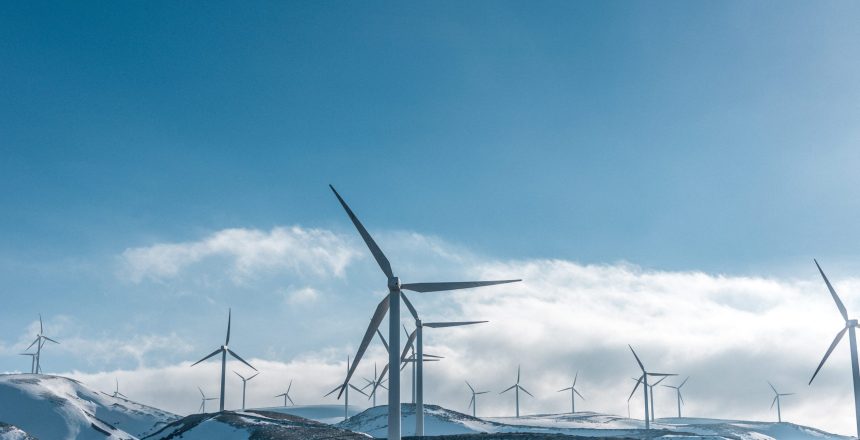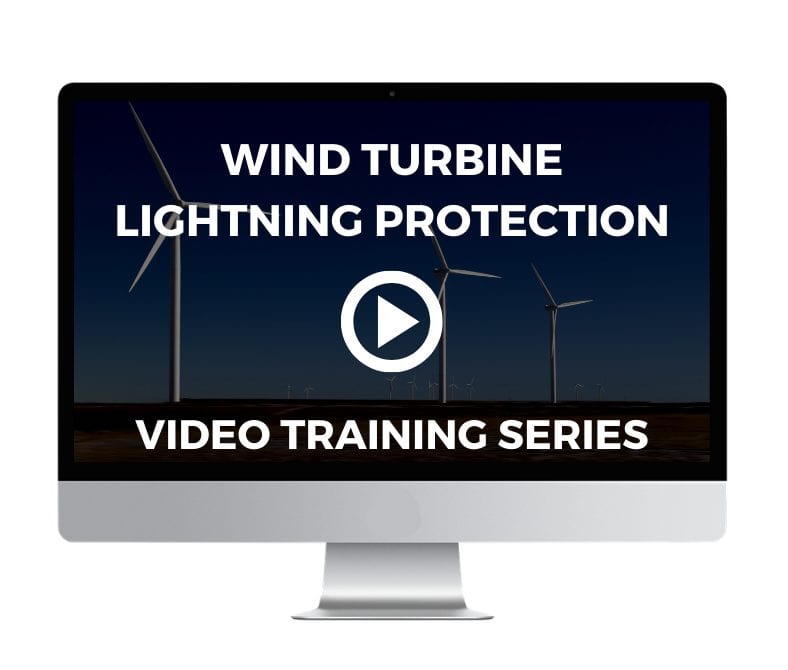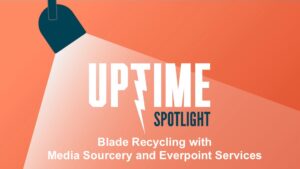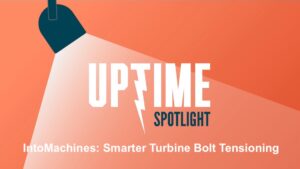Wind turbines spin in Antarctica, Quebec, Norway, Iowa, and North Dakota all year long.
Unfortunately, when a brief but severe freeze hit Texas in February, ice collected on wind turbines (even new turbine blades) and most of those turbines had to shut down to avoid damage or destruction from load imbalances and vibrations – not to mention to prevent them from “slinging chunks of ice across the landscape,” as Bill Montgomery wrote about the recent storm.
See the full article from the 3/2/21 Forbes magazine here.
In a state with more than 13,000 turbines, mass shutdowns contributed to a humanitarian crisis and created more than an economic disaster.
Economic Issues for Texas Turbine Owners, Energy Concerns for All
Everyone involved in wind energy must help determine the way forward, for Texas and for the rest of the world.
When Montgomery, a Houston-based energy writer, contacted me for a story on the recent turbine troubles in Texas, I suggested he speak with Lasse Hietikko, business development manager of Wicetec. The Helsinki, Finland-based company installs carbon fiber-based heaters on wind turbine blades. (Lasse was a recent guest on our Uptime podcast; you can listen here.)
While Hietikko did not recommend de-icing technology for all of Texas’s wind turbines, it’s clear there’s a business case for some installations – yes, even in Texas and other southern states.
It’s also important to consider the bigger picture: what happens if all wind power disappears from the grid at the same time?
From the economic side of things, Hadi Ghasemi, a mechanical engineering professor at the University of Houston and chief technology officer for Houston-based Elemental Coatings, compared deicing technology for Texas (and other usually warm-climate) turbines as “insurance.” When you need your turbines to work, they need to work – safely and reliably, regardless of the weather.
Elemental Coatings makes materials that prevent the buildup of ice and scale, which forms from minerals in water, on a range of surfaces. Check out their episode below:
Retrofits: Not “Nice,” But Necessary
As I noted in the article, wind owners and operators weigh business decisions like these all the time.
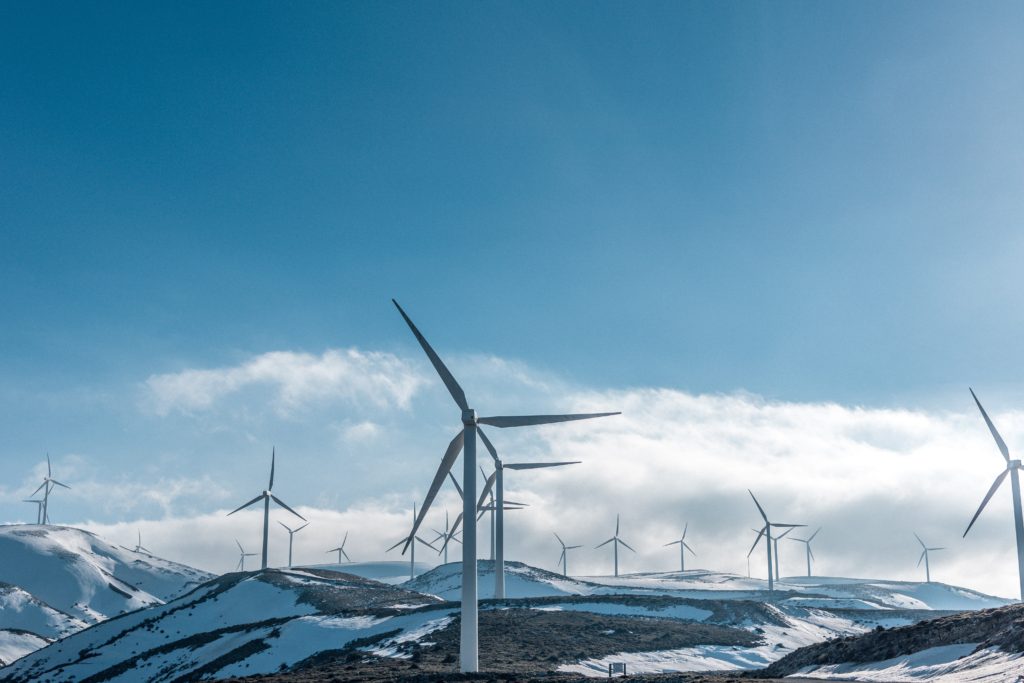
Wind turbine site managers must constantly evaluate how to best enhance production while mitigating the associated risks. It’s a difficult balance to strike, but many proven technologies are available – and people in this industry are eager to help.
If your wind operation is investigating retrofits to improve performance and ROI, feel free to contact us to discuss your needs.
Why are retrofits necessary?
As IEEE’s most recent specifications made clear, lightning (and other risks, like weather) are very, very site specific. Every component of a turbine simply can’t be field tested for every location where it will be in use.
Check out our articles and Uptime podcasts to learn more about retrofits and how they impact AEP and lightning behavior.
Updated August 23, 2021— Many of the presentations at Winterwind21 (SE) took the Texas turbine freeze event as a case study of sorts and a variety of potential remedies and prevention techniques were discussed. Keynote speaker Rosemary Barnes of Pardalote (AU) noted that balancing production costs and reliability is the greatest challenge to the future of renewables.
“Extreme weather events like the Texas Freeze are predicted to become more common in the future due to climate change, and electricity grids along with other critical infrastructure will need to become more climate resilient as a result. All eyes are on blade heating and winterised wind turbines now, making this an unprecedented opportunity for the winter wind community. But it is also a challenge that will need to be carefully managed. Those of us working in the field know that there are technologies that – if installed – could have allowed Texas’ wind turbines to operate through the cold snap. But long-term climate resilience is not that simple. If every turbine in every site with a climate like Texas is winterised in the future, the main thing we will achieve will be to make wind energy very expensive, and only marginally more reliable. Future clean energy systems need to be low cost as well as reliable, and wind energy can’t be considered in isolation if we are going to achieve this. We will need to take a systemic approach to carefully consider what are the lowest cost technologies and market mechanisms to achieve a resilient electricity grid.” ~ Rosemary Barnes, Consultant in technology development and innovation strategy and Renewables and sustainability expert.
EXCITING NEWS: Barnes recently joined the Uptime podcast as a cohost, bringing a broader perspective (and sometimes, a diverging viewpoint) to our discussions about wind energy technologies. Tune in here.
Bill Montgomery interviewed Allen Hall for the 3/2/21 article in Forbes, “The 13,000 Wind Turbines In Texas Can Be Winterized, But Should They?” The article highlighted the problem of icing – even in warm climates. To discuss wind turbine performance issues with Allen, schedule a consultation.

